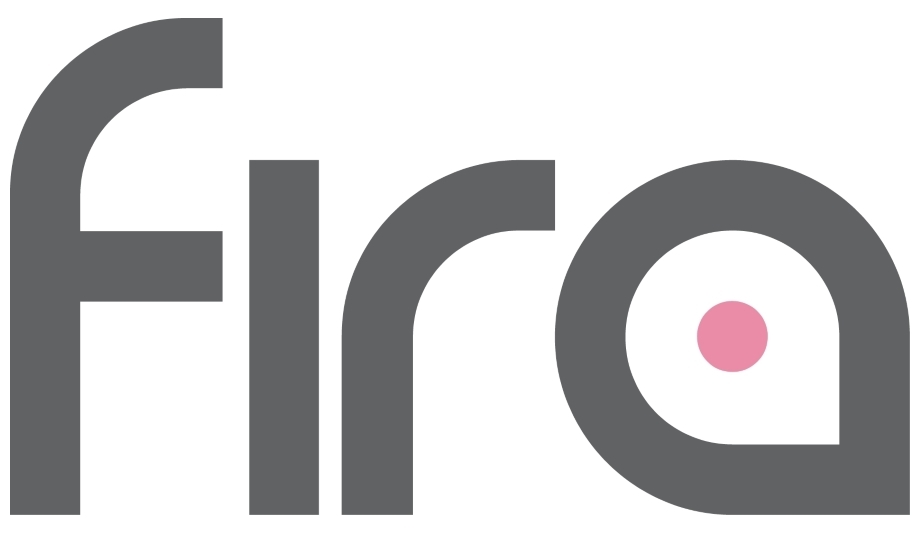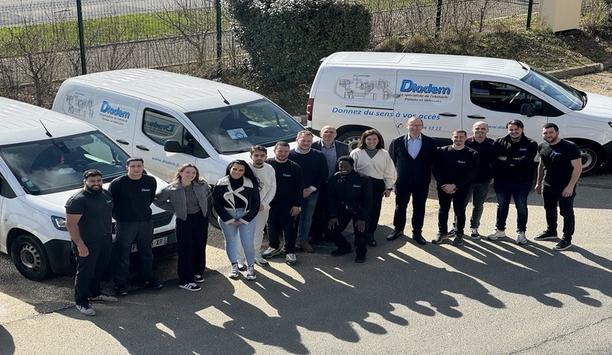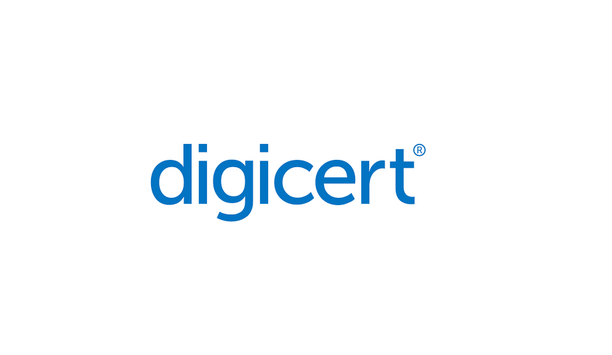Recognising the need for emerging applications to build on a strong foundation that supports interoperability among all categories of devices, four sponsor members – The ASSA ABLOY Group which includes HID Global, and NXP Semiconductors, Samsung Electronics, and Bosch, leading companies in access, secure connectivity and mobile/CE device solutions – announced the launch of the FiRa Consortium.
The new coalition is designed to grow the Ultra-Wideband (UWB) ecosystem so new use cases for fine ranging capabilities can thrive, ultimately setting a new standard in seamless user experiences. Sony Imaging Products & Solutions Inc., LitePoint and the Telecommunications Technology Association (TTA) are the first companies to join the newly-formed organisation.
Delivers unprecedented accuracy
UWB technology outperforms other technologies in terms of accuracy, power consumptionThe FiRa name, which stands for ‘Fine Ranging’, highlights UWB technology’s unique ability to deliver unprecedented accuracy when measuring the distance or determining the relative position of a target. Especially in challenging environments, UWB technology outperforms other technologies in terms of accuracy, power consumption, robustness in RF connection, and security, by a wide margin.
“As an industry consortium, we believe UWB technology can transform the way people experience connectivity, and we’re committed to the widespread adoption of interoperable UWB technologies,” says Charlie Zhang, Chair of the FiRa Consortium and VP Engineering, Samsung Electronics.
The starting point for UWB technology is the IEEE standard 802.15.4/4z, which defines the essential characteristics for low-data-rate wireless connectivity and enhanced ranging. It is the aim of the FiRa Consortium to build on what the IEEE has already established, by developing an interoperability standard based on the IEEE’s profiled features, defining mechanisms that are out of scope of the IEEE standard, and pursuing activities that support rapid development of specific use cases.
Usage of UWB technology in multiple areas
The unique capabilities of UWB promise to make it an essential technology in many areas including:
- Seamless Access Control – UWB can identify an individual’s approach towards or away from a secured entrance, verify security credentials, and let the authorised individual pass through the entrance without physically presenting the credential.
- Location-Based Services – UWB offers highly precise positioning, even in congested multipath signal environments, making it easier to navigate large venues such as airports and shopping malls or find a car in a multi-story parking garage. It also enables targeted digital marketing campaigns and foot traffic data. Retailers can present customised offers, government agencies can tailor their notifications, and entertainment venues can personalise recommendations during events.
- Device-to-Device (Peer-to-Peer) Services – By providing precise relative distance and direction between two devices, UWB lets devices find the relative location of each other even without infrastructures such as anchors or access points. This allows people to easily find one another in crowded spaces or find items even when placed in hidden areas.
Suited for use with NFC, Bluetooth and Wi-Fi
UWB is well suited for use with other wireless technologies, including NFC, Bluetooth, and Wi-FiDue to its low power spectral density, UWB offers little to no interference with other wireless standards, so it is well suited for use with other wireless technologies, including Near Field Communication (NFC), Bluetooth, and Wi-Fi. There are also adjacent markets that leverage UWB in other ways, especially automotive. “The FiRa Consortium’s commitment to a complete ecosystem means we will work with other consortia and industry players to develop approaches and define parameters,” says Charles Dachs, Vice-Chair of the FiRa Consortium and GM & VP Secure Embedded Transactions, NXP Semiconductors.
FiRa Consortium members will have the chance to influence industry trends, gain early access to technical details, certify interoperable products, expand the UWB ecosystem, and share expertise. Ramesh Songukrishnasamy, Director and Treasurer of the FiRa Consortium, and SVP & CTO of HID Global says, “We encourage anyone, from any relevant industry area, who has a vested interest in the success of UWB to join us and contribute to the Consortium’s work.”
Fully-integrated UWB test solution
Kazuyuki Sakamoto, Senior General Manager, FeliCa Business Division, Sony Imaging Products & Solutions Inc. says, “We believe that UWB technology will bring the new benefit of connectivity to industries along with other wireless technologies.”
Device-to-device fine ranging technology without additional equipment is very useful for home or industrial applications""UWB opens up new and complementary wireless connectivity use-cases,” said Adam Smith, Director of Marketing at LitePoint. “We're excited to help establish an ecosystem in which companies can utilise these new technologies by providing a fully-integrated UWB test solution, making it simple to validate the performance of UWB devices. At LitePoint, our mission is to help companies bring cutting-edge UWB products to market and that’s why we’re pleased to be part of the FiRa Consortium team.”
Yongbum Park, Vice President, Telecommunications Technology Association says, “Device-to-device fine ranging technology without additional equipment is very useful for home or industrial applications. We believe that FiRa technology will change our lives.”






































